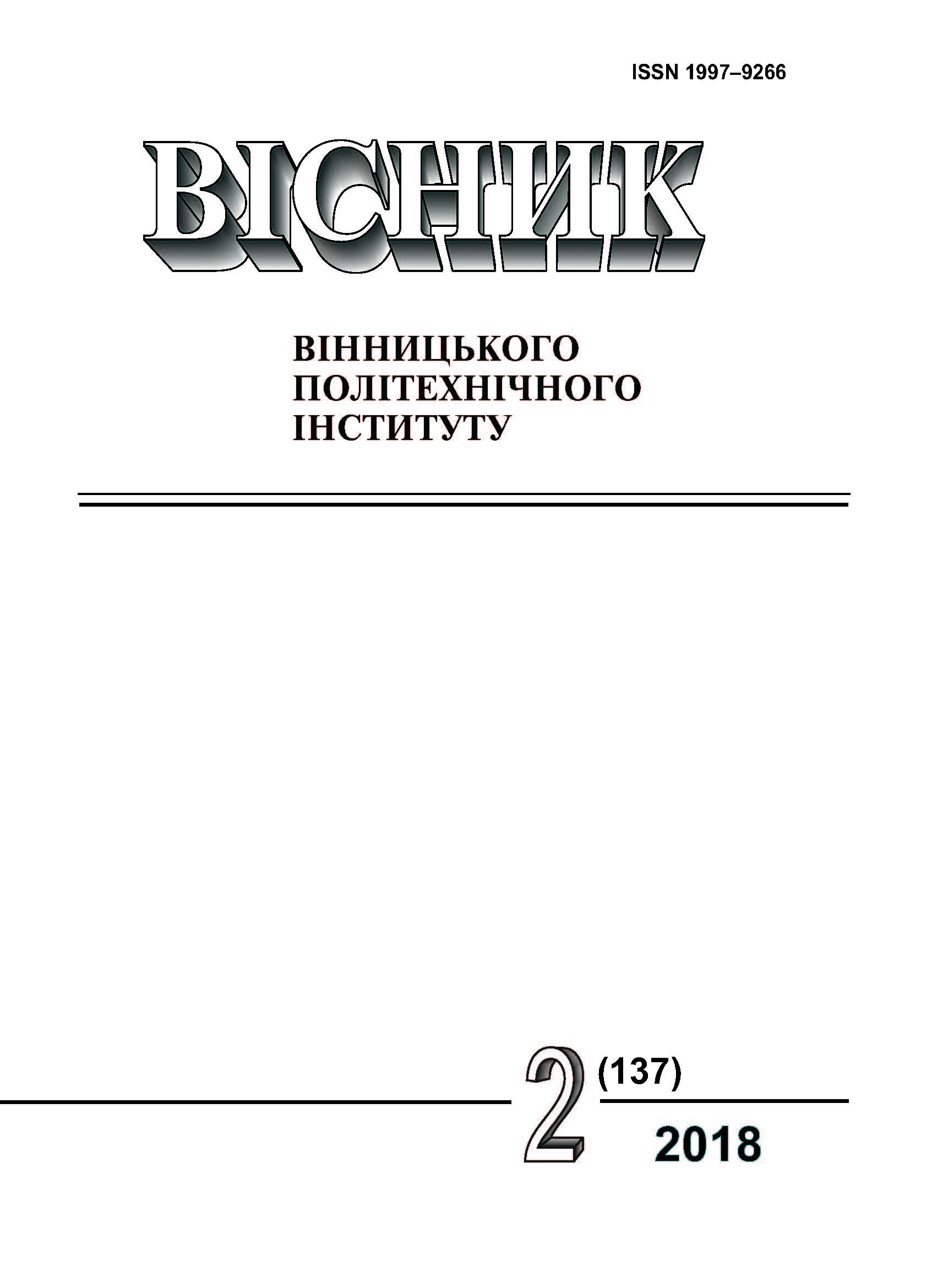Study of the Properties of a Neural Network Based Optimizer of the Torque of Induction Motor with Field Weakening
Keywords:
neural network, induction motor, field weakening, torque maximizationAbstract
Typically vector-controlled induction motor drives of machine tools, electric cars, trams, trolley buses etc should run on both lower and much higher nominal speeds of the rotor. To fully utilize the power resources of the drive, it is necessary to build the systems of automatic control with optimization of the torque in the zone of field weakening. However, the parametric disturbances existing in the system can drastically degrade the quality of extreme torque control. The main parametric disturbances are the thermal variations of the active resistance of the windings of the phases of the induction motor and the voltage fluctuations of the DC power line of the power converter. To maximize the motor torque in the high-speed zone, it is promising to determine the optimal rotor flux with the help of a neural network with the property of parametric invariance.
There has been considered the vector-controlled induction motor drive with torque maximization in the zone of field weakening on the basis of a feed forward neural network. The study of the accuracy of a parametrically invariant neural network optimizer of the motor torque taking into account the effect of over-learning of the network has been carried out. In the study, the data of the training set of the neural network was distorted by the additive noise of different levels. The noise was a random uniformly distributed signal. Experiments were conducted for five levels of noise when changing the number S of neurons in a hidden network layer from three to twenty. It is established that in the presence of the errors of optimal flux linking in the training set of data at the level of 5...7 %, the rational number of neurons in the hidden layer of the neural network is S = 8...10 for the motor mode and S = 7...9 for the generator mode of the induction motor. Determining the rational number of neurons is important practical value. Firstly, it enables the implementation of the neural network on a less powerful controller, and secondly, it allows achieving high accuracy of the estimation of the optimal rotor flux. As a result, these advantages increase the competitiveness of the system.
References
R. S. Wieser “Optimal rotor flux regulation for fast accelerating induction machines in the field weakening region,” Proc. IEEE Ind. Applicat. Soc. Annu. Meeting IAS, vol. 1, pp. 401-409, 1997.
L. Harnefors, K. Pietilainen, and L. Gertmar, “Torque-maximizing field-weakening control: design, analysis, and parameter selection,” IEEE Trans. Ind. Electron., vol. 48, no. 1, pp. 161-168, Feb., 2001.
Б. І. Приймак, «Керування асинхронними двигунами з параметрично інваріантною оптимізацією момента в зоні ослаблення поля на основі нейронної мережі,» Електромеханічні і енергозберігаючі системи, № 1 (33), c. 32-41, 2016.
P. Каллан, Основные концепции нейронных сетей. Москва: Изд. дом «Вильямс», 2003, 288 с.
Б. І. Приймак, «Синтез параметрично інваріантної нейронної мережі для оптимізації втрат в асинхронному електроприводі,» Енергетика: економіка, технології, екологія, №1 (16), с. 3-7, 2005.
B. Pryymak, J. M. Moreno-Eguilaz, and J. Peracaula, “Neural network flux optimization using a model of losses in induction motor drives,” Mathematics and Computers in Simulation, vol. 71, no. 4, pp. 290-298, 2006.
Downloads
-
PDF (Українська)
Downloads: 101
Published
How to Cite
Issue
Section
License
Authors who publish with this journal agree to the following terms:
- Authors retain copyright and grant the journal right of first publication.
- Authors are able to enter into separate, additional contractual arrangements for the non-exclusive distribution of the journal's published version of the work (e.g., post it to an institutional repository or publish it in a book), with an acknowledgment of its initial publication in this journal.
- Authors are permitted and encouraged to post their work online (e.g., in institutional repositories or on their website) prior to and during the submission process, as it can lead to productive exchanges, as well as earlier and greater citation of published work (See The Effect of Open Access).





